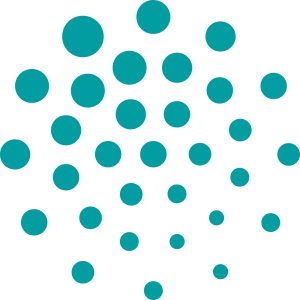Gene therapy
Publications
35
Citations
175
h-index
7
Authorization required.
The Gene Therapy direction conducts scientific research in the field of improving technologies for the creation of recombinant viral vectors, creates prototypes of biological products for the treatment of severe chronic diseases with high commercialization potential, and also conducts educational events in the field of gene therapy and technologies for the creation of biotechnological medicines.
- Transfection
- Fluorescence microscopy
- Flow cytometry
- Confocal microscopy
Research directions
Gene therapy of hereditary diseases
+
Conducting scientific research in the field of improving technologies for the creation of recombinant viral vectors, as well as educational activities in the field of gene therapy and technologies for the creation of biotechnological medicines.
The mission of the Gene Therapy direction is to create prototypes of advanced therapy drugs with high commercialization potential. In particular, the creation of prototypes of gene therapy products for the treatment of severe chronic diseases such as Leber congenital amaurosis, Leber optical neuropathy and others.
Reprogramming of adipose tissue cells
+
According to the Federal Research Center for Nutrition, Biotechnology and Food Safety, Krasnodar Krai is one of the regions with the highest proportion of obese residents (27%), along with Kaluga (33% of residents), Moscow (30%) and Nizhny Novgorod (28%) regions, as well as Altai Krai (27%). In addition, according to the latest statistics, the Krasnodar Territory has registered the largest number of cases of obesity in children and adolescents aged 0 to 15 years (14,637). During the differentiation of fat cells, adipocytes are formed from mesenchymal stem cells. Morphologically and functionally, white and brown types of adipose tissue are distinguished. The bulk of these two types of adipose tissue are, respectively, cells: white and brown adipocytes.
In brown adipocytes, the gene for thermogenin UCP1, a protein that separates the respiratory chain in mitochondria, is expressed, which allows transported protons to enter the matrix without ATP synthesis. This leads to the release of energy in the form of heat, and since, together with the proton, UCP1 transports free fatty acids used as a substrate for oxidation in brown adipose tissue, it also accelerates catabolic metabolism. It has been shown that cardiometabolic diseases are less common among people with brown adipose tissue. The presence of brown adipose tissue correlates with a lower level of type 2 diabetes, dyslipidemia, coronary heart disease, and hypertension.
Transcriptional regulators of brown adipocyte differentiation are well described: these include PGC1a (coactivator of the main transcription factor of adipogenesis PPARy), N-methyltransferase of histone lysines PRDM16 and the most recently characterized factor FoxP4. Activation of the drilling adipogenesis program in white adipose tissue leads to the appearance of clusters of "beige" adipocytes, in which intensive lipolysis and thermogenesis occur.
This project uses genetic constructs encoding transcriptional regulators of brown adipocyte differentiation PRDM16 and FoxP4 to activate the transcription program of brown adipose tissue in white fat cells, transdifferentiation of white adipocytes into beige ones. The delivery of genes encoding regulators of brown adipocyte differentiation is carried out using adenoassociated viral vectors of 8 and 9 serotypes, which are capable of transducing adipose tissue cells. In addition, to limit non-specific effects, we plan to use tissue-specific promoters, as well as optogenetic control of the activity of encoded factors.
Publications and patents
Found
Nothing found, try to update filter.
Александр Владимирович Карабельский, Александр Сергеевич Малоголовкин, Александр Дмитриевич Егоров, Софья Владимировна Журавлева
RU2817420,
2024
Александр Владимирович Карабельский, Александр Сергеевич Малоголовкин, Александр Дмитриевич Егоров, Низами Бадрудинович Гасанов, Евгений Витальевич Лапшин
RU2809065,
2023
Александр Владимирович Карабельский, Александр Дмитриевич Егоров, Низами Бадрудинович Гасанов, Василий Дмитриевич Мороз
RU2807751C1,
2023
Александр Владимирович Карабельский, Александр Сергеевич Малоголовкин, Марианна Евгеньевна Винер, Александр Дмитриевич Егоров, Василий Владимирович Решетников
RU2785621C1,
2022
2022
—
2024
| Егоров Александр Дмитриевич
Lab address
Олимпийский просп., 40, п. г. т. Сириус
Authorization required.





